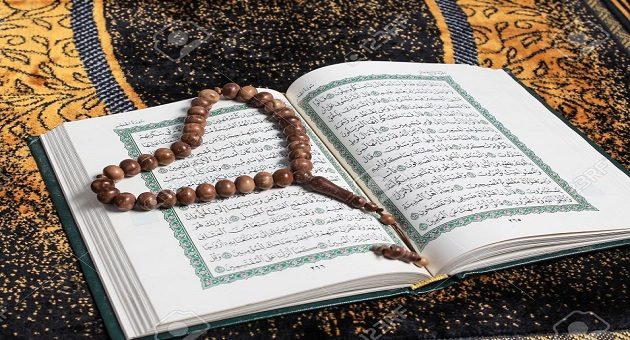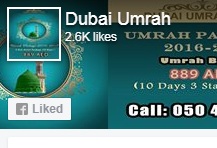
The Quran is the heavenly book of the Islamic world. Gathered over a 23-year time span during the seventh century C.E., the Quran is said to comprise of Allah’s disclosures to the prophet Muhammad, transmitted through the holy messenger Gabriel. Those disclosures were recorded by copyists as Muhammad articulated them during his service, and his supporters kept on recounting them after his passing. At the command of the Caliph Abu Bakr, the sections and refrains were gathered into a book in 632 C.E; that adaptation of the book, written in Arabic, has been the blessed book of Islam for more than 13 centuries.
The Quran is separated into 114 sections of various themes and lengths, known as surah. Each surah is comprised of verses, known as ayat (or ayah). The shortest surah is Al-Kawthar, made up of just three stanzas; the longest is Al-Baqara, with 286 verses. The sections are named Meccan or Medinan, in light of whether they were composed before Muhammad’s journey to Mecca (Medinan), or a while later (Meccan). The 28 Medinan sections are for the most part worried about the public activity and development of the Muslim people group; the 86 Meccan manage confidence and existence in the wake of death.
The Quran is likewise broken into 30 equivalent segments or juz’. These areas are sorted out with the goal that the peruser can contemplate the Quran through the span of a month. During the long stretch of Ramadan, Muslims are prescribed to finish in any event one full perusing of the Quran from spread to cover.
The subjects of the Quran are entwined all through the sections, as opposed to exhibit in the sequential or topical requests. Perusers may use a concordance—a list that rundowns every use of each word in the Quran—to search for specific subjects or themes.
All Muslims recites Quraan and want to see holy places like Makkah and Madinah, where Quraan revealed. People get Umrah Visa Dubai and take Best Umrah Package by Air from Sharjah and go to visit these sacred places.












No Comments